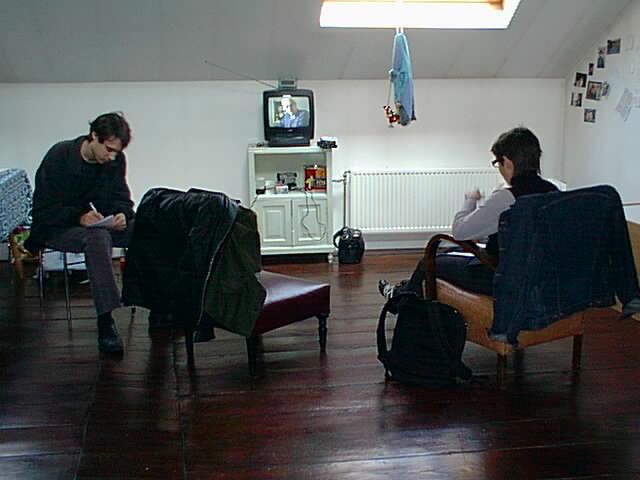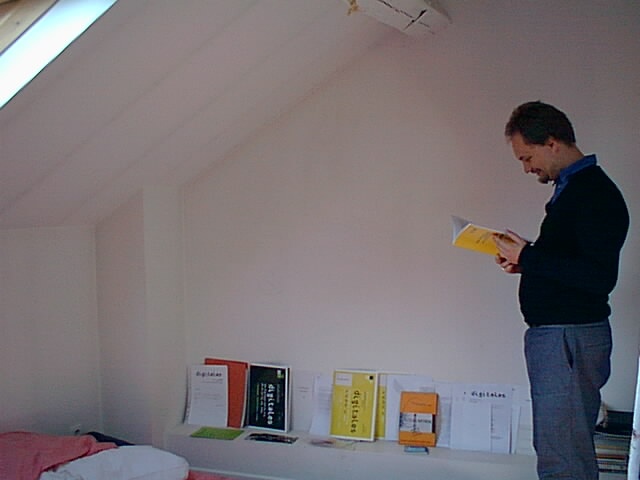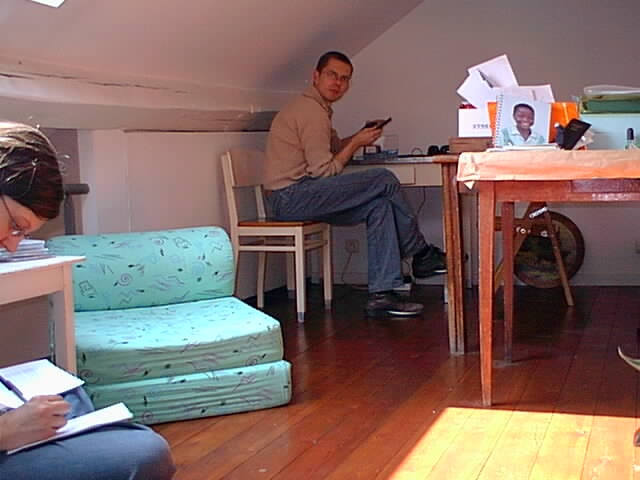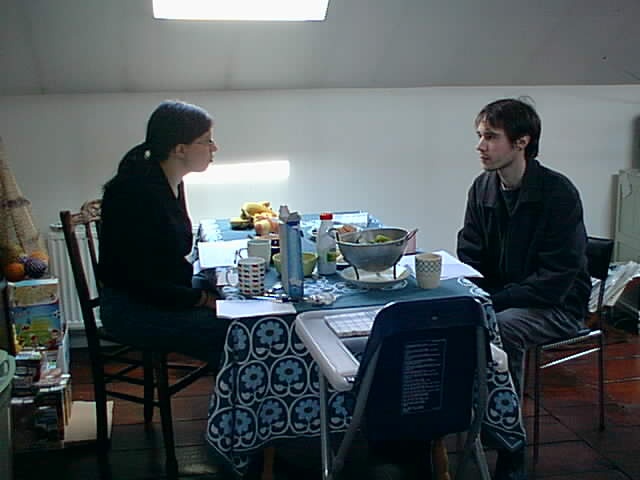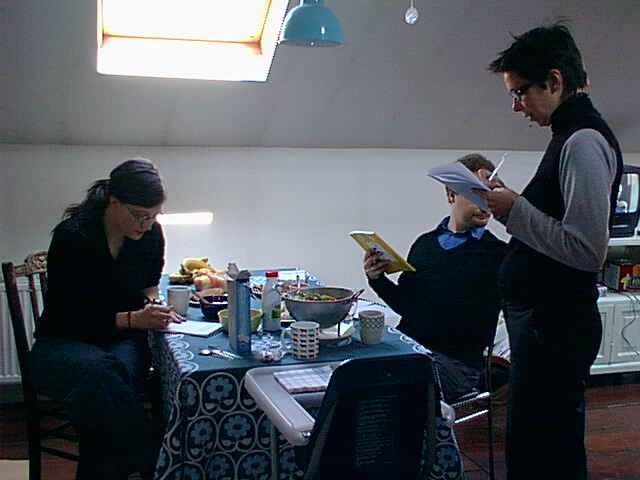The Stranding Blog:
The blog functioned as a meeting point where I could share my research process with others. By using the blog I learned to make visible my research process. This was very difficult at first because I was reluctant to make my research visible online when I felt that it was unfinished. I was afraid of the sort of intimacy between myself and the reader that could reveal my research process with all of its difficulties. I am still learning how to use the blog.
Collaboration:
Collaboration is essential to my practice, particularly as a feminist process, relating to the development of an intimacy between contributors and making space for each other. Collaboration is a way to work outside of the ‘master discourse’. At the same time, collaboration is a way of working that relates to Constant’s openness that I spoke about earlier. I do not think that a collaborative process has to be one of consensus, where each person agrees to create one finished ‘product’. I think that collaboration can be people coming together to work on a project at a particular point in time, or on a specific part of a project, while they continue to develop the project separately.
The open atelier during Digitales 2004:
The open atelier held in the resource centre at Interface 3 (a training centre for women using new technologies) was my first collaboration with Anja. It was also an opportunity to meet the people who have contact with the Digitales archives, such as the employees and students at Interface 3, and the people who attend Digitales. Finally, it was another opportunity to make my research process visible in a different public encounter than the blog.
The MOO:
The MOO was a possible Venue for archiving that I wanted to explore. In a MOO written language and ‘objects’ are the same thing because a MOO is text based. I was interested in this because it was possible for people to ‘handle’ language. I thought that this could be particularly interesting for the text-based archive items because of the metaphor of the body in ‘handling’ the language. The MOO was interesting and I think that it holds a lot of possibilities, however it takes a lot of time to learn how to use it. I felt that this would make the Digitales archives rather inaccessible, and so I decided to work with other Venues. I am continuing to work in the MOO for other projects.
The Digitales archives:
I work on gathering the traces for the Digitales archives because it gives me an idea of the content of the archives, as well as the process for gathering the content for the archives. It is from working on gathering the traces that I thought about the difference between documentation and archive material that I spoke of earlier.
Respondent at VJ7:
I was a Respondent during the VJ7 seminar the Lining of Forgetting in November and I found that it was a great way to focus and develop my early research. I developed questions that related to my work for the seminar and for the subsequent interviews that I did.
Interviews:
The interviews functioned as part of my process much in the same way as being a respondent for VJ7, by helping me to focus and develop my work. The interviews also helped me to ground my work in current art practices. Finally, it was my interview with Anja that led to our collaboration.
The Publications:
The texts that I did for publication ( Scenario for an Archive Discussion for the VJ7 Catalogue and Conversation with a Robot about Archives… for the Transmedia Text Series 03) made me focus the presentation of my practice. I worked collaboratively with Arnaud Dejeammes on Scenario for an Archive Discussion. These texts were a way for me to learn how to develop and communicate my practice in a finished presentation.

